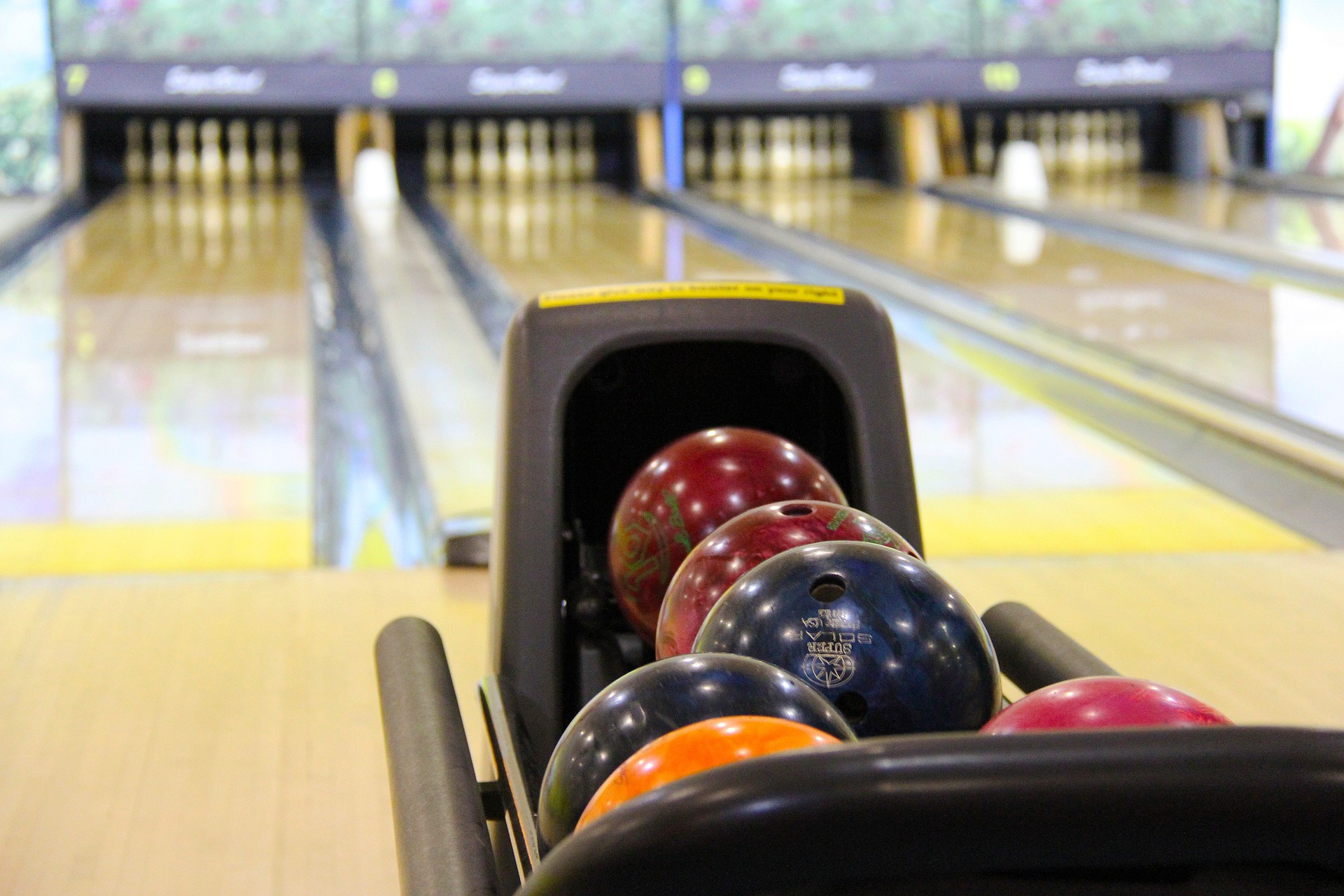Inspired by the discussion on Martial Talk
My children loved watching Dragon Ball Z and their hero Goku. When Goku wasn’t strong enough to defeat the bad guy of the week, he would transform into a Super Saiyan. His punch was incredible, and his Kamehakameha blast was devastating. Goku transformed his fighting ability, and so can you.
The First Step: Step Punch
In class, the uke (attacker) steps in with the right foot (using the C step) and punches with the right hand. This strike is the classic straight punch. Why do we do it like that? It doesn’t seem like a realistic attack. In some traditions, the step and punch produce the greatest power within a single punch. However, that isn’t the only reason.
Think back to Kindergarten class when you practiced making your letters. You needed lines on the paper to write straight. This punch is a simplified attack, so you can focus on the moves, not whether or not you’ll get hit. This punch method is not a realistic attack. It is a practice attack. Like the lines for writing letters, the step-in-punch is a direct attack for you to acclimate to an attack. When you get comfortable with the technique, move one to variations in the attack.
Transformation One: Haymaker
Slight variations to the attack include a street-fighter haymaker punch, right hook punch, and left-right boxing combination. Start slow and progress until you can perform the technique well, regardless of which attack they throw. Note the slight changes you make to your stance and body position.
Don’t stick to arbitrary clock positions or cardinal directions when the live person is there. Those are simple orientation mechanics to help you move about three-dimensional space. Again, the clock positions are guidelines. Close is good enough concerning footing placement. Feel where the foot needs to go for optimal leverage, attack angle, and balance.
Transformation Two: Cross
Most people don’t step in to punch you; instead, they swing from any position. Change the step into a boxer shuffle (akin to how CHA-3 and Kajukenbo students practice). The juicy right leg isn’t there for you to attack; it is in the rear, protected by distance. What adjustments do you make to keep the technique working?
This transformation is more realistic than the initial one taught in class. Again, you must work up to this situation, as it is more challenging to work. By Green Belt, this should be the standard attack procedure after learning the technique in class. It makes Combination 11 difficult but not impossible. How do the other combinations and Kempo techniques fair?
Transformation Three: Yawara
This transformation is my favorite. How about adding a weapon, the yawara, to the technique? The yawara is a pocket stick an inch bigger than your hand. The sanded wood is smooth to the touch. How does it change the moves? You’d be surprised how well the techniques work with a yawara in your right hand.
I usually hold it like an ice pick for downward strikes. Hold it like a fork to punch. Remember to support the yawara with your thumb on top. It’s much like the Poison Thumb strike. Locks, traps, and pinches become a factor in applying the technique. Pinch skin, joint, or clothes between yawara and thumb. Seek pressure points when you strike too.
Also, consider using other things like a pen, spoon, or toothbrush. Don’t get stuck in Kindergarten when practicing your techniques — examine, experiment, and explore.
We teach traditional knowledge using modern methods. Want to learn more? Join our Karazenpo Go Shinjutsu program today. Waiting lists are available if the class is full.



